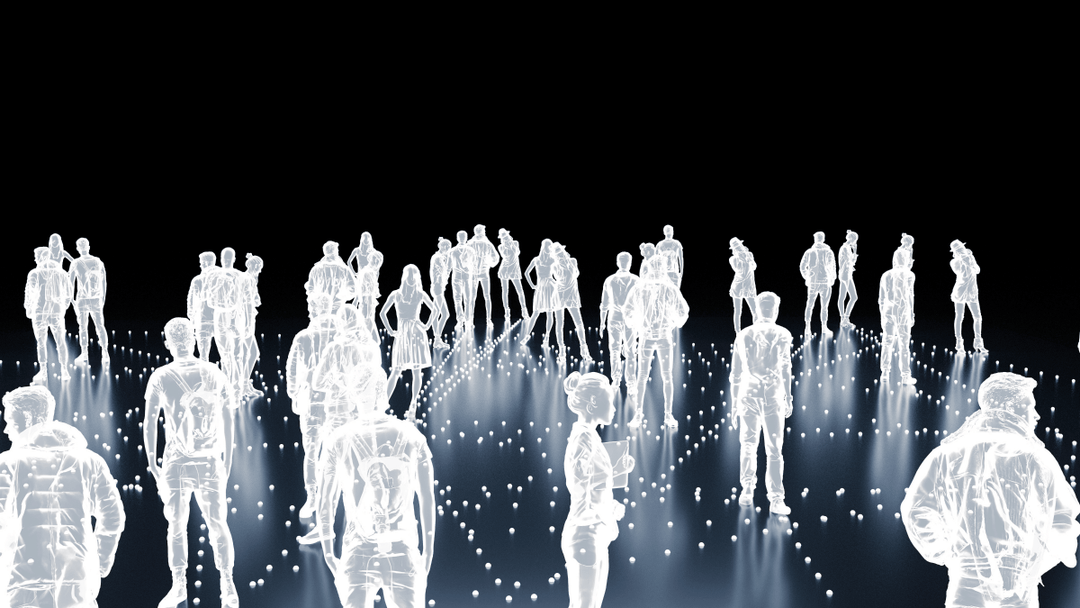Holography: A Revolutionary Tool in Contemporary Art

Holography, a relief photography process that uses coherent light to reconstruct the pattern of light reflected by a scene, stands as a major advancement of the 19th century. It has become integral in various fields, including industry, communication, and art.
The Science Behind Holography
Holography requires "coherent" light to achieve interference and holograms. This is why laser light is used, as it possesses all the necessary characteristics for visualizing holograms. It is monochromatic, directive, and phase-locked, meaning all photons have the same frequency or color, spatial coherence, and temporal coherence.
The Process of Creating Holograms
In summary, holography involves interfering two coherent light beams from the same laser on a holographic plate. The first beam is directed onto the plate, and the second beam is directed at the object to be holographed, which in turn scatters the light it receives toward the plate.
The meeting of these two beams creates interference fringes. These fringes contain information about the object's shape and its position in space. After chemical development, the plate is illuminated with the laser at the same angle as the reference beam. The object is then reconstructed in three-dimensional space as a volume of light.
Holography and Art
Holography has been adopted by many artists as a tool for creating unique works of art. For example, the famous English fashion designer Alexander McQueen presented a holographic installation at his Autumn/Winter 2006 haute couture show. Similarly, French artist Philippe Boissonnet used holograms in his artistic practice to reproduce reality for artistic purposes.
Holography in Advertising
Holography has also been used in advertising to create captivating and memorable images. For example, for the Cartier brand, Robert Schinella, in collaboration with McDonnell Douglas Electronics Company St Louis, created a hologram of a female arm wearing the brand's jewelry.
Holography in High Fashion
Fashion designer Alexander McQueen presented a holographic installation at his Autumn/Winter Haute Couture 2006 show at the center of a glass pyramid: Kate Moss as the "white lady."
Holography in Commerce
In the commercial domain, some stores have started using holograms to enhance the customer experience. For example, at HaloLight, you'll find several holographic illusions, such as the holographic helix and the holographic projector.
Light Artists
Emmett Leith and Juris Upatnieks are two of the pioneers of holography. They presented the first three-dimensional hologram of a train at an Optical Society of America conference in 1964.
Contemporary Artists and Holography
Contemporary artists like Philippe Boissonnet and Georges Dyens have also embraced holography in their works. Dyens, for example, creates holo-sculptures, sound and light installations that combine holography, sculpture, and fiber optics.
Holography: An Optical Art
Holography is considered an optical art because it uses light to create an image in direct confrontation with the viewer's eye. The artist treats light as they would a floating sculpture in space.
Holography: A Bridge Between Art, Science, and Technology
According to Professor Stephen A. Benton, "Holography is the intersection of art, science, and technology." This statement highlights the unique role of holography in creating works of art that blend scientific and technological elements.
Conclusion
Holography is an innovative tool that fascinates and intrigues. Although its use remains quite expensive, it offers a new medium for artistic expression, creating physically intangible three-dimensional images that seem to float in space. Over time, holography is expected to become more accessible and popular in the world of contemporary art.




